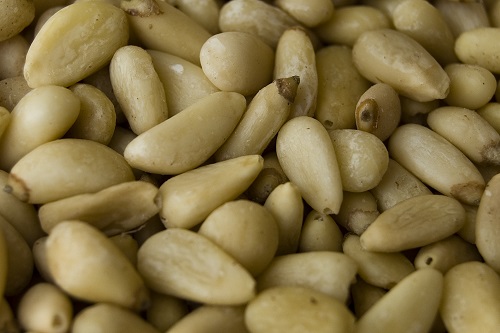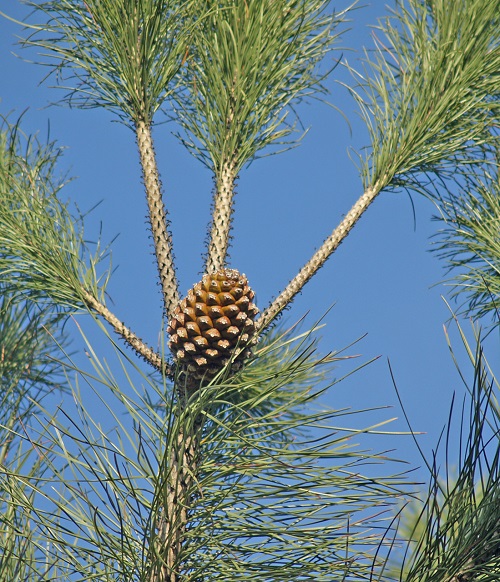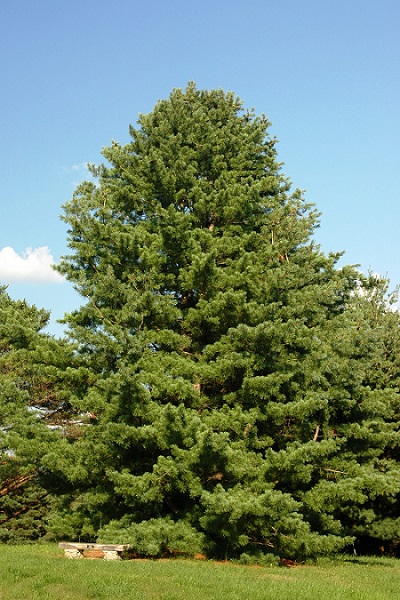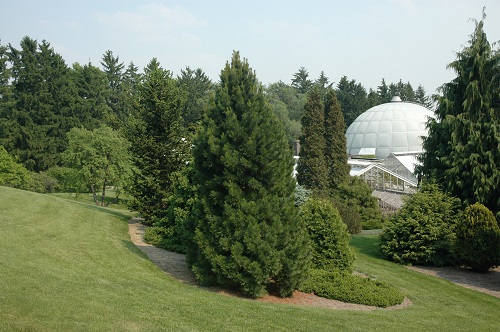
One of the things that comes along with having an extension appointment at a major university is I get lots of calls and e-mails from homeowners on a never-ending list of sometimes bizarre tree topics. Technically, my extension responsibilities are related dealing with professionals; such as arborists and nursery and Christmas tree growers, but the ‘consumer horticulture’ calls still find me. Last week I received a voice-mail message from an excited gentleman speaking at a decibel level somewhere between rock concert and jet plane take-off. From the disjointed and rambling message I could tell the gentleman was elderly and maybe disoriented or had just had a few. After identifying himself he indicated that he wanted to learn where he could find a “pine-nut tree”. Although he didn’t give it, I knew the man’s location from his area code. A legitimate response to such calls is to redirect them to the individual’s local extension office, but I hate getting the runaround as much as the next person, so I usually respond when it’s something I can help with and in this case I could.
I dialed the number and the gentleman picked up right away. He sounded just as he did in the voice mail; gregarious, slightly rambling, and VERY LOUD. His story, however, made me glad I called back. His father had emigrated from Lebanon many years ago and he remembered how his dad had always reminisced about eating pine nuts in the Old Country. For years he had wanted to plant a “pine nut tree” in memory of his dad. The problem was every time he went to a nursery and asked for a “pine nut tree”, nobody knew what he was talking about.

Pine nuts. Photo: Paul Goyette – Wikimedia commons

Pinus pinea cone. Photo: Luis Fernandez Garcia – Wikimedia commons
I explained to him that the pine nuts his father cherished were from stone pine (Pinus pinea) trees, which are the pine nuts (pignoles) favored for making pesto. In the US, the pine nuts that are sold commercially usually come from pinyon pine (Pinus edulis), which is native the southwestern US. Unfortunately, neither of those trees will grow in the Upper Midwest, where he lives. I pointed out that there are many other pine trees that produce edible nuts – the main reason those two species are widely used is because they produce very large nuts making them relatively easy to harvest. In fact, there are about 20 species of pine that produce seeds large enough that harvesting the nuts is worthwhile. Two pine species that produce edible nuts and grow well in our area are Korean pine (Pinus koraiensis) and Swiss stone pine (Pinus cembra). I include both in my recommendations for alternative conifers for Michigan. I gave the gentleman some information on nurseries in his area that I knew carried those trees and he was excited to have some direction on his quest to renew his father’s memory.

Korean pine (Pinus koraiensis) at the University of Minnesota Landscape Arboretum

Swiss stone pine (Pinus cembra) at Hidden Lake Gardens in southeaster Michigan.
Sidenote: The heartbreak of ‘Pine mouth’.
Have you ever experienced a bitter or metallic taste that persisted for days, even weeks, after eating pine nuts? Then you’ve likely experienced Pine Nut Syndrome or ‘Pine mouth’. The cause of the disorder is not completely known, but research by an industrious graduate student in the Netherlands suggests that nuts from certain pines; particularly an Asian pine, Pinus armandii, are most likely to cause the issue. So, if you are a pine nut fancier, learn what you can about your source. Pine nuts supplies can be cyclical since pine nut crops are often subject to biennial bearing. Soaring prices during poor supply years provide incentive for inferior nuts to work their way into the market.





